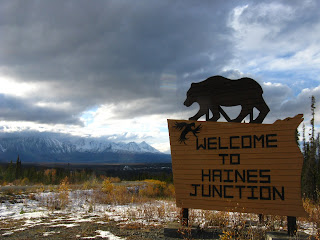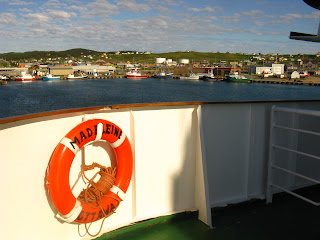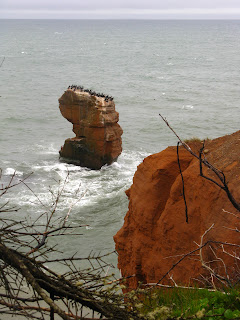Here is some info on the program:
Bicycles for Educational Empowerment Program
In June 2009, we launched The Bicycles for Educational Empowerment Program, an innovative project that is providing 50,000 bicycles to improve rural Zambian children's access to education. These children are especially at risk for extreme poverty and high HIV/ AIDS infection rates; safe, reliable transportation to school will enable them to have better health and economic outcomes as a result of completing their secondary education. More than 7,000 bicycles have been distributed to date, and initial reports indicate dramatically increased school attendance.
Expansion to Kenya and Zimbabwe
In 2009, World Bicycle Relief began expanding operations in Zimbabwe and Kenya in response to growing demand for a higher quality bicycle and comprehensive service program. In less than a year, we have sold more than 3,000 bicycles to organizations such as the World Health Organization, Catholic Relief Services and Care International. We are committed to providing the highest quality service and to working with organizations to solve their transportation needs.
FUTURE
World Bicycle Relief will continue to work with NGOs and community based organizations to respond to crisis situations where simple, sustainable transportation will improve the health, education and economic situation of people in need. We will meet these urgent transportation needs with the manufacture and distribution of bicycles for areas of the world in crisis. We have begun plans with World Vision and other NGOs to provide comprehensive bicycle programs as part of economic development and relief efforts in Kenya, Zimbabwe, Mozambique, Malawi, Tanzania, Kenya, Uganda, Botswana and Lesotho.












































